Do the self-check
Does your company need a realignment according to the service integration and management model?
Here we have compiled the top 10 reasons for SIAM in a very compact way.
1. Increasing number of IT service providers
Single sourcing was yesterday. Due to cloud computing, digitization and the increasing specialization in smaller scopes of services through to micro-services, the number of service providers is constantly increasing, resulting in so-called multi-sourcing. This leads to a significant increase in communication links and mutual dependencies.
2. Make increasing complexity manageable
The increasing complexity can be felt in all areas of life. The increase in technical details of IT solutions, coupled with the large number of IT service providers, creates a level of complexity that can hardly be managed, which must be made manageable with the right methods and tools. Nevertheless, fast and flexible provision of services are in the foreground in order to meet the requirements of the business.
3. Cost optimization
SIAM offers many potentials to optimize overall IT costs. Some directly, others indirectly. Direct optimizations are achieved through the use of several providers, each specialized in specialist areas, through improved control of these in order to avoid duplication, redundancies and miscommunication. Demanding performance commitments and recognizing contract overlaps are just as important as the speed in handling new business requirements. In any case, a medium-term development is assumed, which can be achieved if SIAM is implemented correctly and consistently
4. Strive for independence and more control
SIAM enables IT departments to take back more responsibility from service providers and thus to dissolve the risk of being dependent on them. In this way, knowledge about business processes is increased again, which is essential for digitization. The focus is placed on the control of IT services and enables the further outsourcing of IT commodity services at market prices.
5. Coordinated contract goals for each service tower
SIAM supports multi sourcing through a holistic view of the contractual basis, which ensures uniformity and cooperation across all service towers. This ensures clarity, prevents friction losses and anchors the cooperation of the service providers as an integral success factor.
6. Central responsibility - end-2-end
Who does not know it. The service for the customer is impaired, but the traffic lights at the individual service providers are green. The fault clearance process then turns out to be very difficult and the representation of the service level compliance will not correspond to the expectations of the users. The SIAM service integrator concept enables a single point of ownership that, as the responsible body, coordinates the rectification of the fault and is also responsible for its solution.
7. Clear demarcation of the competences and responsibilities of the service providers
Despite the most careful selection of the service provider, there are very often friction losses in the cooperation during the operating phase, and the expectations placed on the provider or providers are not met. The concepts and methods contained in SIAM enable better cooperation through a clear delimitation of competencies and responsibilities.
8. Increase in efficiency
Coordinated contract goals, a single point of ownership, a clear distribution of competencies and responsibilities as well as consistent processes make a significant contribution to efficient service provision in a multi-provider environment using SIAM. In daily operations, lean and effective orchestration becomes a crucial question . Another essential component for this is the tool support, which makes a significant contribution to value.
9. End-to-end view of the service provider’s performance
One of the most important drivers of customer satisfaction with the service provided is service performance. SIAM focuses on the end-to-end view of performance for service provision across all providers. This allows weak points in the individual providers to be better identified and improved in a more targeted manner.
10. SIAM as a foundation for digitization
By building a solid foundation for the integration of new service providers, the SIAM approach unfolds its full potential to facilitate digitization projects.
Share your motivations with us
How many of these motivations apply to your company? And which? Share your motivation with us, because we are interested in aligning our documents and coaching sessions accordingly. write us






